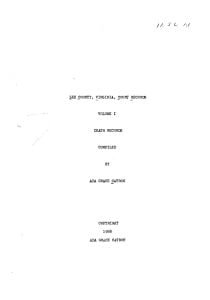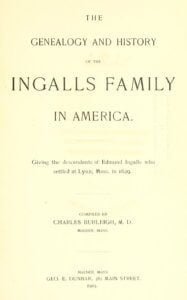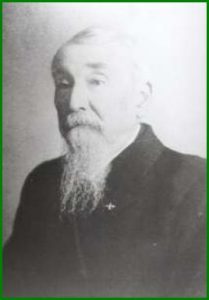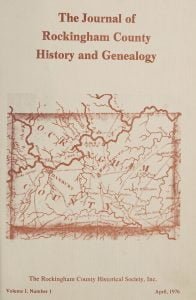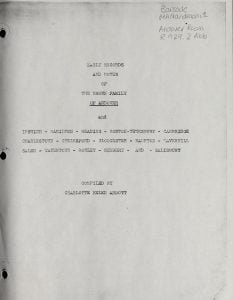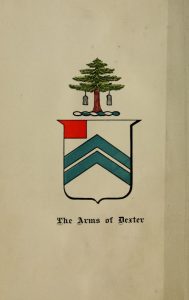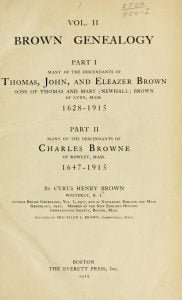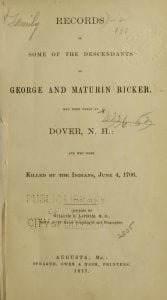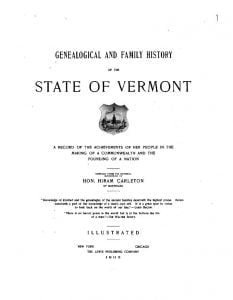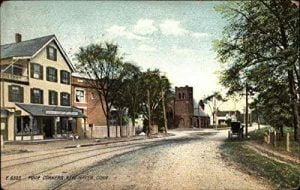Muster Roll of Captain Nathan Barker’s Company
Muster Roll of Captain Nathan Barker’s Company of Light Infantry in the Detachment of drafted Militia of Maine, called into actual service by the State, for the protection of its Northeastern Frontier, from the sixth day of March, 1839, the time of its rendezvous at Augusta Maine, to the twenty-sixth day of March, 1839, when discharged or mustered.


